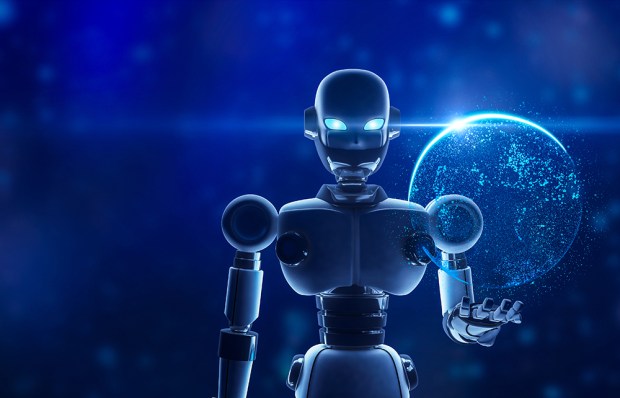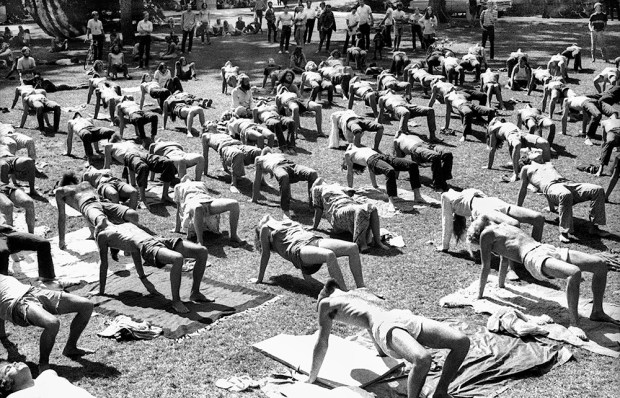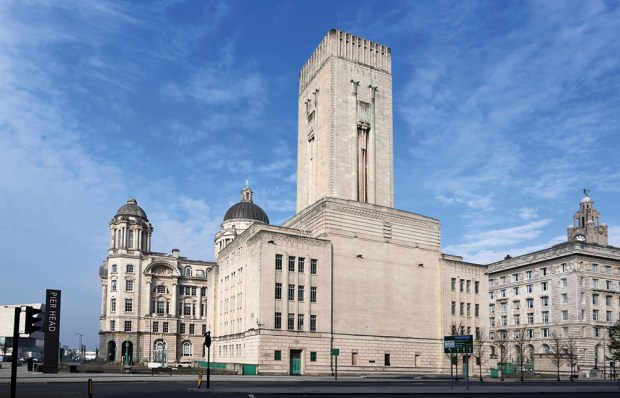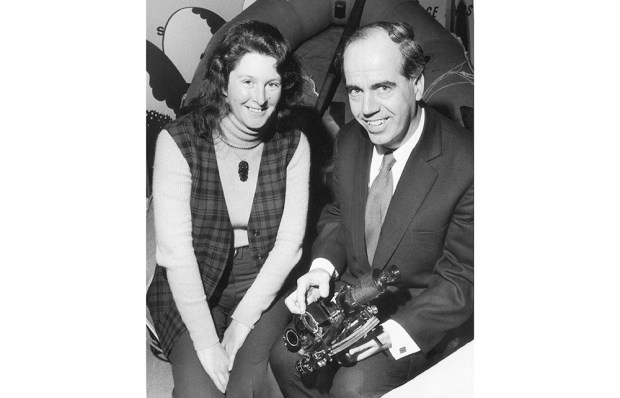British royalty, considered from a purely mechanistic angle, cannot function adequately without music. Deprived of marching bands, trumpeters and choristers or even of those ever so well-mannered regimental ensembles which dispense selections from favourite musicals at an investiture or a garden party, the royal performance would lose much of its authenticity. Playing the king in this country has always depended on being able to do the whole shtick to the right tunes. If, from time to time, a genuinely gifted or truly inspired composer should become available, so much the better. Dash and panache for parties and parades, decorous gloom for funerals and the occasional wedding anthem or victory Te Deum sound more like the real thing when knocked off by a Purcell, a Handel or an Elgar.
In Music & Monarchy David Starkey and Katie Greening trace the growth of this now indispensable symbiosis across five centuries. Their book is a television tie-in and presumably because the Agincourt Song provides a rumbustious accompaniment to the forthcoming series, they choose to start with King Henry V, ‘the man who was our greatest king and finest general’. This sounds like Starkey in typically combative mood, implicitly seeing off the kind of reader who might be tempted to object that Henry II and Edward I were just as effective monarchically speaking or that Cromwell, Marlborough and Wellington were not too shabby when it came to winning battles.
Said to have written music when not urging his dear friends once more into the breach, Henry beefed up England’s Chapel Royal to make it the best in Europe. His son Henry VI, generally viewed as a saintly halfwit, was compos mentis enough to promote similar musical excellence within his two collegiate foundations at Eton and King’s, Cambridge, where the choral tradition, however battered and beleaguered by historical mishaps, somehow always managed a miraculous renewal over succeeding centuries.
The Reformation targeted not merely the liturgy gracing the chapels themselves but the very performance style of their masses and motets. As early as 1516 Erasmus, in his Commentary on Corinthians 1.14, had criticised the vogue for increasingly complex polyphony, ‘a certain elaborate and theatrical music’ for which English clerics cherished a special fondness. ‘Those who are more doltish than really learned are not content unless they can use a distorted kind of music called descant.’ Thirty years later, with the walls whitewashed, shrines desecrated and idolatrous images torn down, Archbishop Cranmer, backed by Queen Catherine Parr, took up the cry. ‘In mine opinion,’ he told Henry VIII, ‘the song that shall be made would not be full of notes, but as near as may be, for every syllable a note, so that it may be sung distinctly and devoutly.’
Starkey and Greening neatly demonstrate how much of what we treasure in Tudor church music is due to skilful religious fudging and compromise by Catholic court musicians, as also to the unfathomable quirks and ambiguities of Elizabeth I’s spiritual outlook and artistic tastes. Sovereigns in her time were noted, not always sycophantically, as accomplished performers, vocal or instrumental. Elizabeth may not have been quite such a versatile keyboard player as her flatterers claimed, but King Charles I handled a bass viol with professional skill and honoured his lutenists and singers with the ultimate royal accolade of leaning a hand on their shoulders as they played. Music & Monarchy captures the tragic irony underlying Charles’s execution outside the very same Inigo Jones Banqueting House once resonating with the lyrics and dances of those extravagant masques which, during the 1630s, had sustained the increasing illusion of his kingship.
Under the restored Stuarts, masquing gave way to welcome songs and birthday odes, better than most of their royal dedicatees deserved when the musical settings were entrusted to Henry Purcell. His flawless sense of occasion as a composer was matched by Handel under the Hanoverians, in whom the authors rightly discern a genuine passion for music, whether at the Haymarket opera, patronised by George I or at the coronation of George II, ready to overrule formalities in choosing the court of Hanover’s ex-kapellmeister for his anthems in preference to office-holding Chapel Royal musicians.
Amid a rising generation of princesses taught the harpsichord by Handel, their brother, ‘Poor Fred’, Prince of Wales, played the viola da gamba and wrote songs. King George IV hung Haydn’s portrait in his bedroom and sang duets with Rossini. It was the numinous figure of Prince Albert, however, who revitalised royal musicality, serenading the young Victoria with his own liebeslieder. He nevertheless acknowledged that ‘persons in our position of life can never be distinguished artists’, preferring instead to imbue the queen with a fondness for Mendelssohn, who became a musical mentor to the pair of them.
Amid wafts of Rimmel’s scent pumped through its sophisticated ventilation system, Victoria opened the Albert Hall as the hub of her dead consort’s astounding Kensington culture complex, while their children busied themselves with founding the Royal College of Music and writing psalm chants and hymn tunes for the choir of St George’s, Windsor. At the 1897 Diamond Jubilee, 500 singers and massed military bands treated their sovereign, sitting in her carriage outside St Paul’s, to a Te Deum niftily incorporating the cathedral’s Great Bell, tuned to F for the occasion.
Victoria’s heir, naughty Bertie, almost missed the throne altogether, laid low by appendicitis on the eve of his coronation as Edward VII. The ceremony, when this ultimately took place, established musical protocols for British regal festivity which are still substantially in place. With an anthem like Parry’s ‘I was Glad’, combining stratospheric spiritual uplift with copperbottomed musical craftsmanship, a crowning can hardly go wrong.
The book-of-the-series genre has its limitations but Music & Monarchy, as a briskly readable story of trumpets and tiaras, manages to transcend most of them. Towards their kings and queens -Starkey and -Greening are always deferential, carefully side–stepping two questions puzzling most modern music-loving monarchists. -Whatever made the Hanoverian and Saxe-Coburg Gotha melomane genetic inheritance disappear so completely during the 20th century and why, oh why is the existing royal family, with one or two honourable exceptions, so resolutely uninterested in music?
Got something to add? Join the discussion and comment below.
Get 10 issues for just $10
Subscribe to The Spectator Australia today for the next 10 magazine issues, plus full online access, for just $10.
Jonathan Keates is the author of Handel: The Man and his Music and Purcell.
You might disagree with half of it, but you’ll enjoy reading all of it. Try your first month for free, then just $2 a week for the remainder of your first year.














Comments
Don't miss out
Join the conversation with other Spectator Australia readers. Subscribe to leave a comment.
SUBSCRIBEAlready a subscriber? Log in